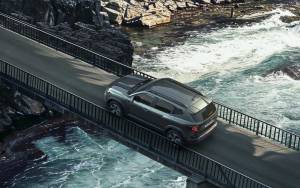
The All-New Renault Duster is Here
After a two-year absence from the South African market, the mighty Renault Duster is back...
 12 March 2025
12 March 2025 
Accidents happen, especially when you’re driving an unfamiliar rental car. It’s easy to mistakenly put the wrong fuel in the tank, but knowing how to respond can save you from major headaches.
First of all, it’s useful to understand the key differences between petrol and diesel vehicles. How do they work, which engine is better for which situation, and why can’t you mix and match fuel types? Let’s find out.
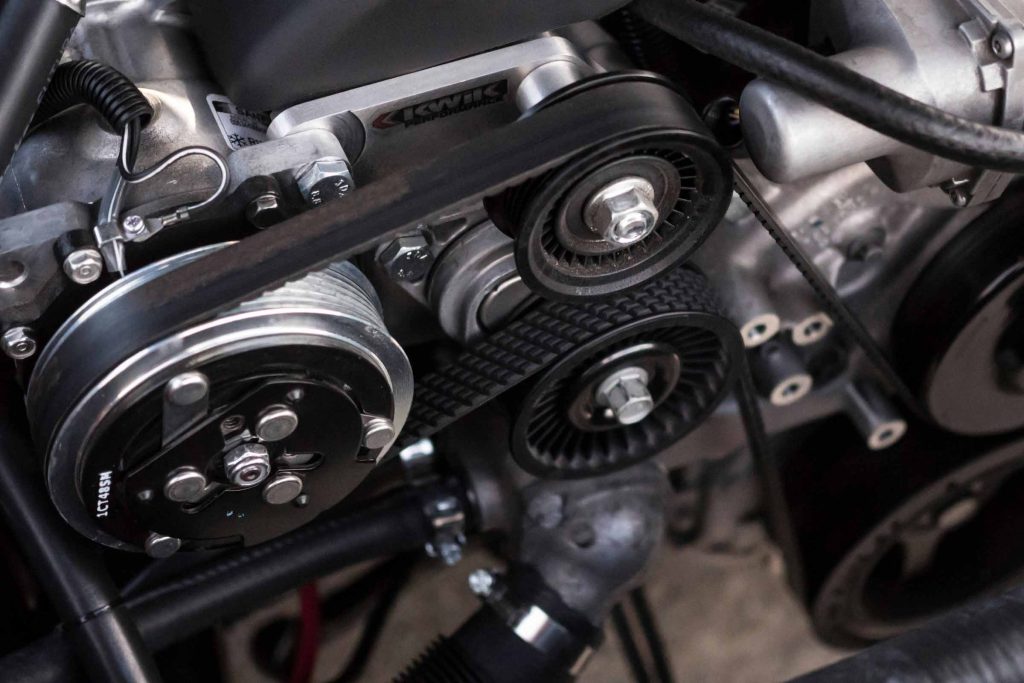
Photo: Unsplash
Petrol and diesel are both fuels derived from crude oil, but they have distinct differences in composition, usage, and performance.
Petrol (also known as gasoline in the USA) is a lighter, more refined product with smaller hydrocarbon chains, making it more volatile (more prone to combustion). Diesel, on the other hand, has longer hydrocarbon chains, giving it a higher energy density and lower volatility.
Petrol is typically used in spark-ignition engines, where a spark plug ignites the air-fuel mixture. Diesel is used in compression-ignition engines, where air is compressed to a high pressure, causing the diesel to ignite without the need for a spark.
Petrol engines generally provide quicker acceleration and are quieter than diesel engines. They are favoured in passenger vehicles for their smoother operation. Diesel engines are more efficient, especially at lower RPMs, and produce more torque, making them ideal for heavy-duty vehicles like trucks, 4x4s, and buses. Diesel engines also tend to last longer due to their robust construction.
Petrol engines emit more carbon dioxide per litre of fuel burned, while diesel engines emit more nitrogen oxides and particulate matter. Diesel engines, however, generally offer better fuel economy, which can lead to lower CO2 emissions over time.
In fact, when it comes to passenger vehicles, South Africa is one of the countries that still finds use for diesel engines. That means that if you spot a Toyota Hilux, Ford Ranger, or Land Rover Defender, it’s probably powered by a diesel engine. After all, Africa is a tough place to drive off-road.
Ultimately, while both fuels have their specific applications, the choice between them depends on factors like efficiency, performance needs, and environmental considerations.
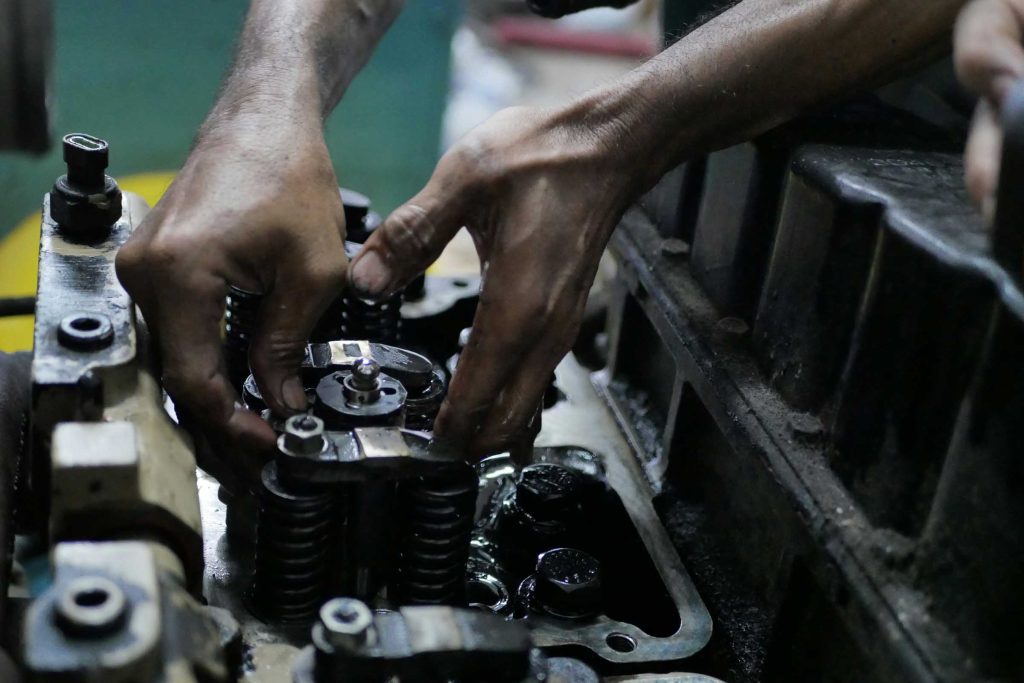
Photo: Unsplash
Putting diesel in a petrol vehicle can cause significant damage to the engine and fuel system. Diesel is thicker and less volatile than petrol, so the petrol engine will struggle to ignite the fuel. The vehicle might start and run briefly before stalling, producing a lot of smoke and running very roughly, if at all.
Since petrol engines rely on a spark to ignite a fine mist of fuel, the presence of diesel, which doesn’t vaporise as easily, can cause misfires and lead to the engine stalling. The car may also fail to restart.
Diesel is also oilier and can cause severe damage to components like fuel injectors, fuel filters, and the fuel pump in a petrol engine. These parts are designed to work with the more refined, thinner petrol, and diesel can clog and damage them. If the engine runs for an extended period with diesel in the system, it could cause damage to the catalytic converter and the entire exhaust system, leading to expensive repairs.
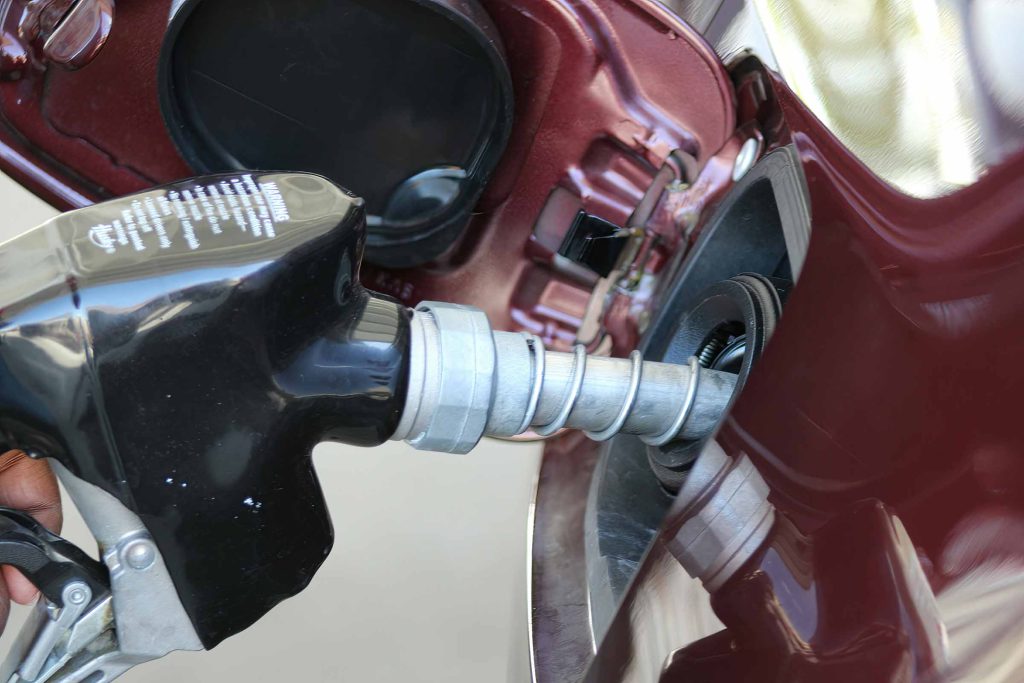
Photo: Unsplash
Putting petrol in a diesel engine can cause serious damage due to the differences in how the two fuels work. Diesel engines rely on the fuel’s lubricating properties to keep components like the fuel pump and injectors functioning smoothly.
Petrol lacks these lubricating qualities and is more volatile, which can lead to increased friction and wear on these parts. When petrol mixes with diesel, it reduces the fuel’s viscosity and can cause damage to the fuel pump and injectors, leading to costly repairs.
As petrol ignites more easily, it can cause uncontrolled detonations within the engine, potentially leading to engine knocking or even severe damage to internal components like pistons and cylinders. Additionally, because diesel engines compress air to a much higher degree than petrol engines, the introduction of petrol can result in the engine failing to ignite properly, causing it to run erratically or not at all.
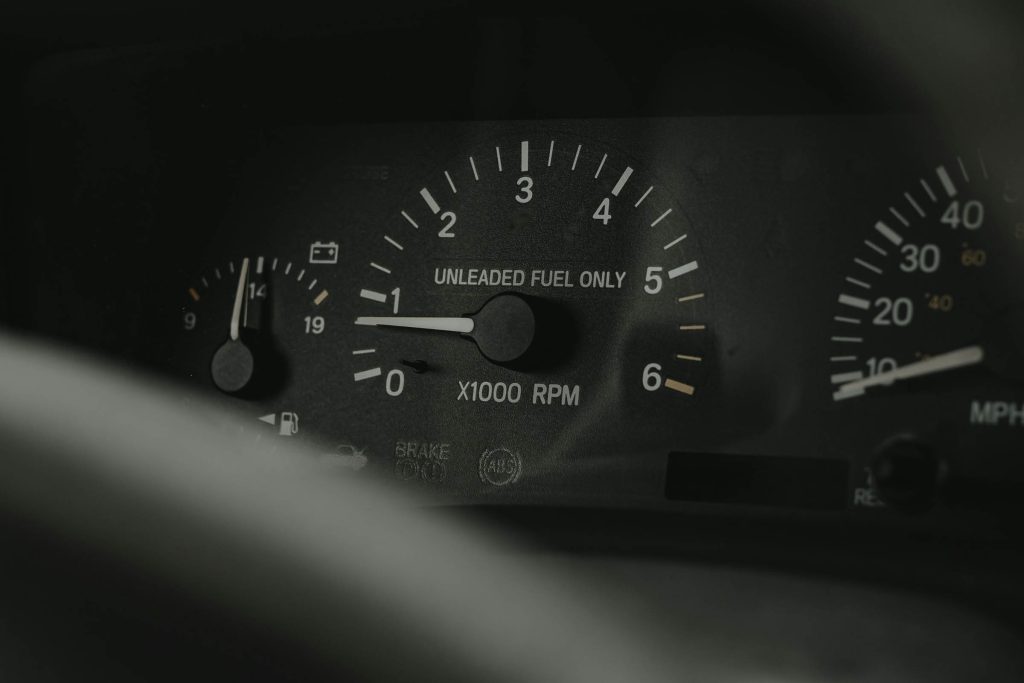
Photo: Unsplash
Here’s what to do if you find yourself in this situation:
If you realise your mistake before starting the engine, do not start the car. Turning the key can circulate the incorrect fuel through the system, causing significant damage. Leave the car turned off and proceed to the next steps.
If you’ve already started the car, safely pull over and turn off the engine as soon as possible. This prevents the wrong fuel from causing further damage to your vehicle’s fuel system. Activate the vehicle’s hazard lights and keep off of the road.
Whatever happens, you need to make contact with the reservations office where you collected your vehicle. Your Drive South Africa consultant can help you get in touch with them so that you can remedy the situation as soon as possible.
Depending on the severity of your situation, the office will dispatch roadside assistance. It’s likely that a flatbed truck will need to tow the vehicle to a workshop, where mechanics will assess the damage and begin repairs.
Unfortunately, you won’t be able to continue your journey in this particular vehicle, but Drive South Africa will be on hand to get you back on the road in no time.
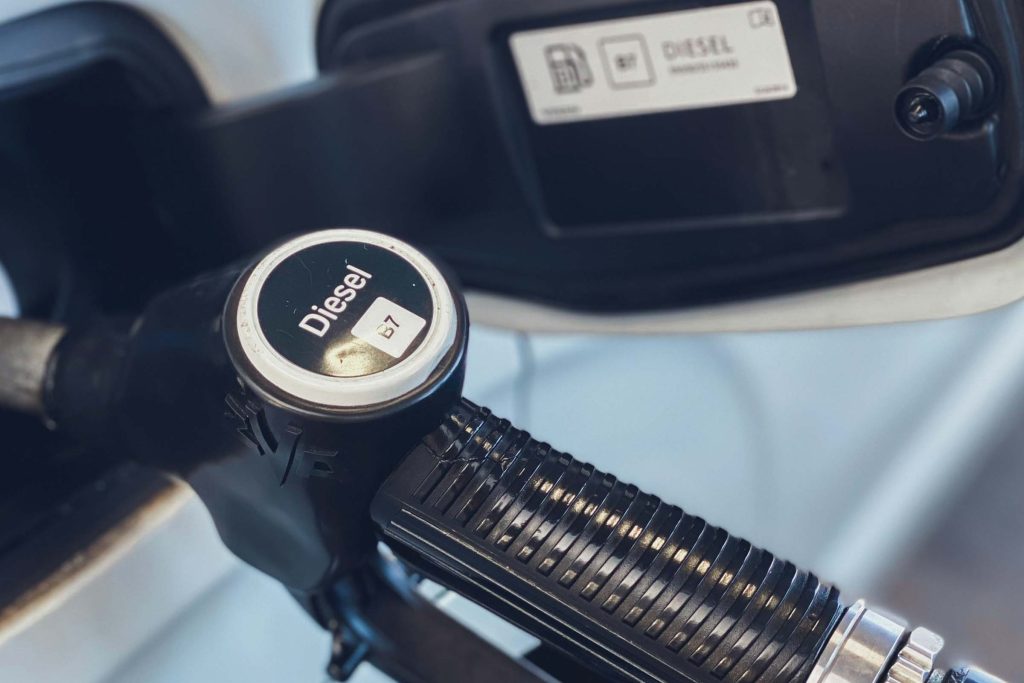
Photo: Unsplash
To avoid this mistake in the future, always double-check the fuel type before filling up. Many cars have reminders near the fuel cap indicating the correct type of petrol. Familiarise yourself with your rental vehicle’s fuel requirements and stay vigilant at the pump.
Putting the wrong petrol in your car can be a stressful experience, but quick and decisive action can minimise damage. Remember, do not start the engine, move to a safe location, and reach out to your reservations office for expert help. By following these steps, you can ensure that your self-drive adventure continues!